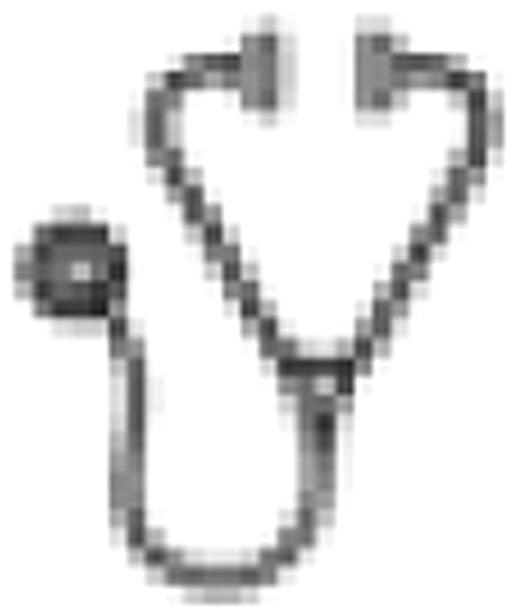Abstract
Abstract 3505
Paroxysmal nocturnal hemoglobinuria (PNH) is a non-malignant clonal disorder of hematopoietic stem cells characterized by erythrocyte susceptibility to complement-mediated lysis. Untreated, patients with PNH have a reduced life expectancy compared with age-matched controls. The development of cytopenias with infections related to neutropenia, bleeding associated with thrombocytopenia, and vascular thrombosis all contribute to morbidity and mortality. We previously reported that engrafting donor T-cells mediating graft-vs-host hematopoietic effects can eradicate PNH following reduced intensity (RIC) allogeneic hematopoietic cell transplantation (HCT). Here we present long term follow up data on 16 patients with severe PNH who received a RIC peripheral blood HCT at the NHLBI from May 1999 through January 2007. Eligibility for transplantation included a diagnosis of PNH associated with one or more of the following: 1) Transfusion dependence 2) Prior thrombotic episodes 3) Recurrent debilitating hemolytic crisis. Marrow failure, personal preference or unavailability of the drug precluded the use of eculizumab in all patients. Patients received a T-cell replete G-CSF mobilized blood stem cell transplant from an HLA-matched related donor following conditioning with cyclophosphamide (120mg/kg) and fludarabine (125mg/m2). Patients with a significant transfusion history had equine ATG (40mg/kg/day × 4) added to the conditioning regimen (n= 14). The median CD34+ cell dose was 6.9 × 106cells/kg (range 3.1 to 21.1 × 106) and the median CD3+ cell dose was 2.5 × 108cells/kg (range 1.4 to 4.3 × 108). CSA given alone (n=1) or in combination with either MMF (n=4) or mini-dose methotrexate (n=11) was used as GVHD prophylaxis. FACS analysis on blood samples was performed on all patients at baseline and at multiples time-points post-transplant to measure the percentage of GPI negative PNH-type neutrophils (CD15+/CD66b-/CD16-); the median % of GPI-anchored-protein negative neutrophils pre-transplant was 80.1% (range 5.5%-99%). Half of the patients (n=8) were HLA alloimmunized prior to transplantation with a median 76.5% PRA (range 45%-100%). Neutrophil and platelet recovery occurred at a median 14 days (range 9 to 18) and 12 days (range 5 to 15), respectively. Chimerism assessed in T-cell (CD3) and myeloid (CD14,15) lineages by PCR of short tandem repeats (STR) revealed sustained donor engraftment occurred in both myeloid and T-cell lineages in all patients; the median time to achievement of full donor (>= 95%) myeloid and T-cell chimerism was 15 and 30 days respectively. FACS analysis on blood samples collected sequentially after transplant revealed evidence for donor immune-mediated eradication of PNH; although GPI-anchored-protein negative neutrophils were detectable early after transplant, over time these populations declined in size and eventually disappeared in all patients at a median 100 days (range 30 to 150) post transplant. Two patients died, one from complications related to acute GVHD (day 169) and one from complications related to a peptic ulcer disease (2.8 years). The cumulative incidence of grade 2–4 acute GVHD was 50% (n=8) and the cumulative incidence of chronic GVHD was 68.8% (n=10). With a median follow-up of nearly 6 years (range 2.6–11 years), 14 patients (87.1%) survive without any evidence of PNH, transfusion independent and off all anticoagulation.
Graft-vs-PNH effects that occur after RIC allogeneic HCT result in durable remission and can achieve excellent long-term survival in patients with debilitating PNH. Allogeneic HCT using RIC should be considered a viable treatment option for PNH patients who have failed or are not candidates for eculizumab treatment.
No relevant conflicts of interest to declare.

This icon denotes a clinically relevant abstract
Author notes
Asterisk with author names denotes non-ASH members.

This feature is available to Subscribers Only
Sign In or Create an Account Close Modal